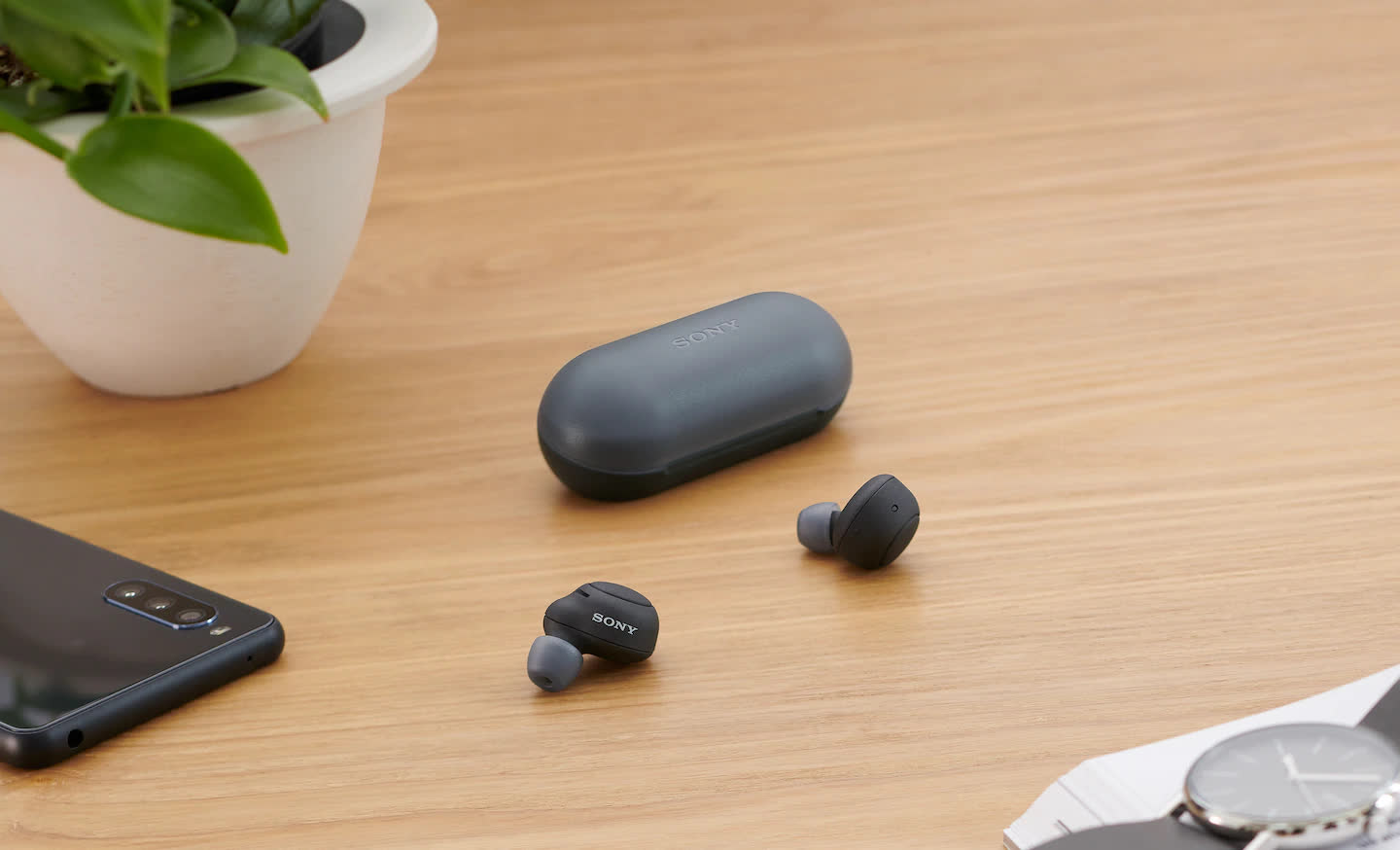Android devices just keep getting bigger —
Why fight the smartphone revolution? Volvo’s next car goes with ARM and Android.

Enlarge / The full Polestar 3 design isn’t revealed yet, but Volvo released this camouflaged photo.
Volvo
Volvo, Qualcomm, and Google are teaming up to make car infotainment even more smartphone-like than ever. If Wintel (Windows plus Intel) is the default software+hardware combo of the PC era, then the smartphone equivalent has got to be Android and Qualcomm (Andcom? Qualdroid?). Volvo is bringing this combo to the upcoming Polestar 3 electric SUV, which is due sometime in 2022. We also got a sneak peek at what the new interface would look like.
Volvo’s Polestar 2 was the first to ship Google’s Android Automotive OS in a car. Unlike Android Auto or Apple’s CarPlay, which run on your smartphone, Android Automotive OS has a custom version of Android pre-installed on the car as the main car infotainment OS. Even if you have an iPhone, your car still runs Android. The Polestar 2 used an x86 chip (an Intel Atom A3900), but now Volvo is pairing a Qualcomm smartphone chip with its Google smartphone OS. The Polestar 3 will ship with Qualcomm’s “Snapdragon Cockpit Platform Gen 3,” and while that sounds unique, it is really just a repackaged smartphone chip with a few extra features.
The integration of cars with computer technology is always tough. Car development takes around five years, which can seem almost incompatible with the development pace of smartphones and computers. That’s still true of the 2022 Polestar 3. Qualcomm’s Gen 3 automotive platform was actually announced back in 2019, but design wins for the platform are just now being announced at CES 2022. Qualcomm says the Gen 3 automotive platform is based on the Snapdragon 820 SoC, an ARM flagship smartphone chip from 2016. You may remember this chip from phones such as the Samsung Galaxy S7 and the Google Pixel 1. The Polestar 2’s Intel Atom was also from 2016.
The Gen 3 might not be the newest chip in the world, but still, Volvo is on the same hardware and software platform as smartphones. Volvo should now have a dead-simple, consistent ARM upgrade path, thanks to the smartphone development that happens every year. Here’s hoping this consistency leads to a faster path to market for the hardware. Qualcomm already announced the Gen 4 automotive platform at last year’s CES—it just won’t pop up in a car for a while.
But about the Gen 3’s extra features: it has upgraded RF capabilities like Wi-Fi 6, 5G, and newer Bluetooth, which you couldn’t get on the Snapdragon 820. Supporting a car, especially an Android car, also means needing support for virtualization. Android can run the infotainment system, but something else needs to run the gauge cluster display behind the steering wheel. Safety regulations mandate that the gauge cluster can’t run Android. Android isn’t a real-time OS, meaning it can lag if the processor is too slow, and that’s not allowed for critical driving components like the speedometer. The solution is to have the Snapdragon 820 run two OSes via virtualization, with Android running the center infotainment screen and some other OS running the gauge cluster display. Android can still send the gauge cluster a UI overlay for things like media info and Google Maps information, but the speedo is off-limits.

Enlarge / The Polestar 3 driver display. Android provides a Google Maps overlay and media info, while a real-time OS handles the speedometer.
Volvo
Resurrecting the Snapdragon 820 for a modern product is an interesting proposition for Qualcomm. On smartphones, Qualcomm’s product support is often cited as a major barrier for the longevity of Android phones. The Snapdragon 820 would have supported something like three major Android versions, so Android 6, 7, and 8. Qualcomm would have shut down support sometime around 2019, exactly when the Snapdragon 820-based third-generation car chip was announced. So while Qualcomm would have killed your phone, it does not seem like Android development for this chip ever actually stopped. The Polestar 3 will most likely start with Android 11 or 12, and support will need to continue for years, even though the company doesn’t want to pass that work on to smartphones.
Today, Qualcomm has a public support timeline for phone chips: three years of major OS updates and four years of security updates. When asked if there was a similar plan for car support, Qualcomm said it would support car chips for longer than phone chips, but the company wouldn’t offer specifics.
Shoving a smartphone chip in a car gives Qualcomm a quick way to get to market, since phones are currently its biggest market. But the solution is not ideal. Smartphone chips are designed entirely around the size and power restrictions of a smartphone, none of which exist in a car. A car is big. The entire floor is a battery. The cooling can be as big as you need it to be. Qualcomm is running into the same problem many companies in the industry are running into: the biggest ARM chips are still mostly just the smartphone chips. Apple is setting the trend by scaling up ARM to desktop and laptop computers, but it can do that because it has a custom chip-design division. Most other companies don’t. Qualcomm is working on getting there, though, and it plans to start designing more powerful ARM chips for laptops (and cars?) in the future.
Note: This article have been indexed to our site. We do not claim legitimacy, ownership or copyright of any of the content above. To see the article at original source Click Here









